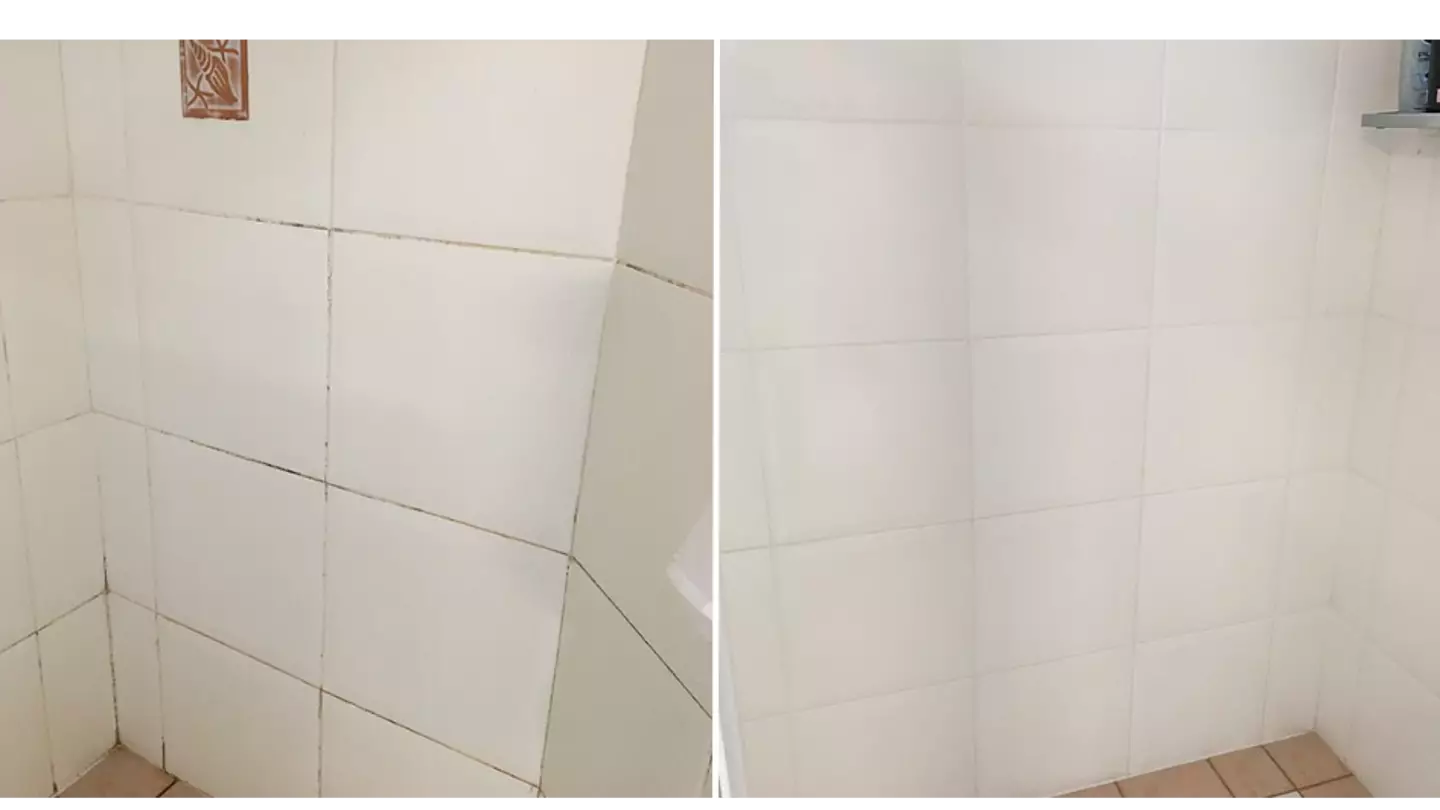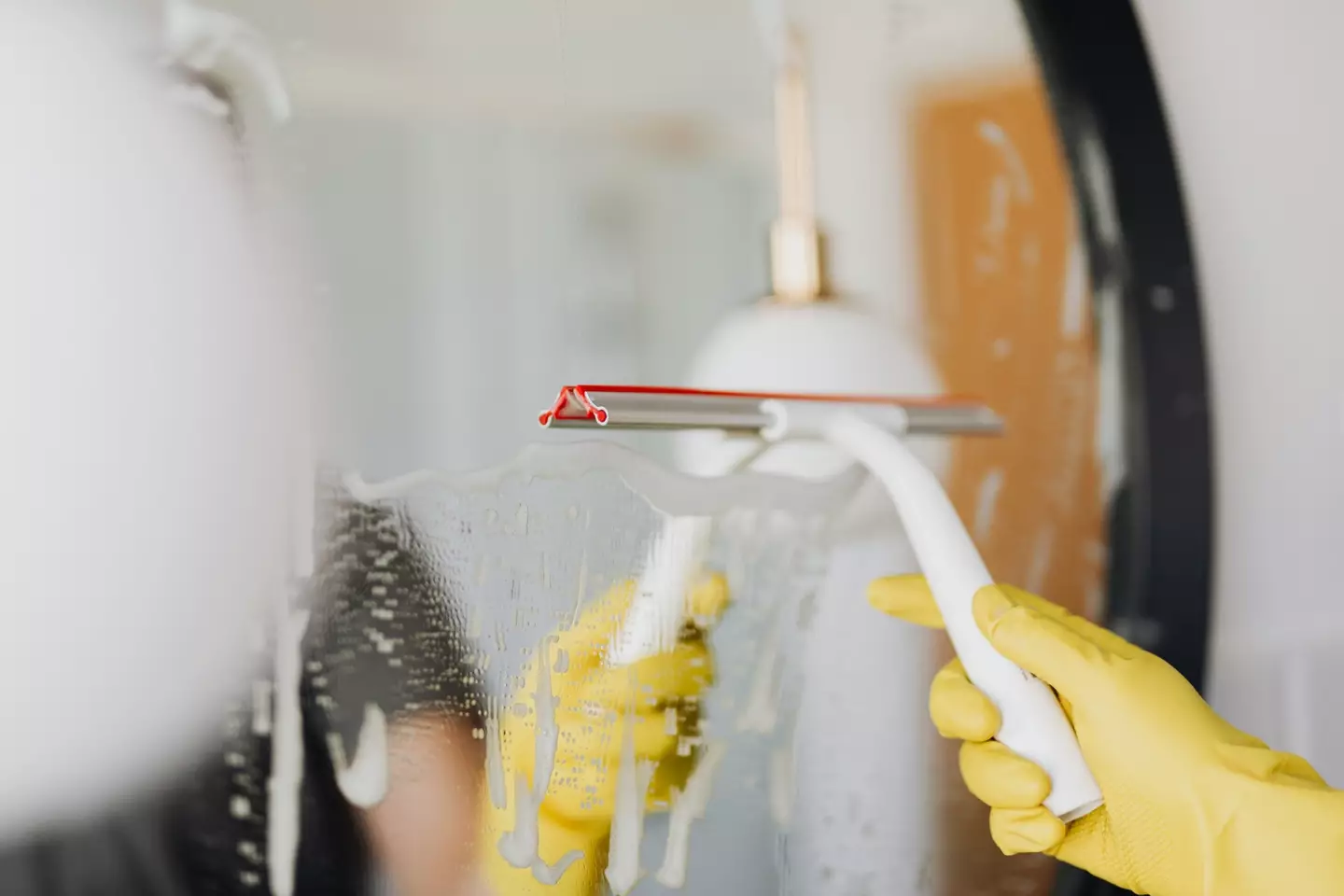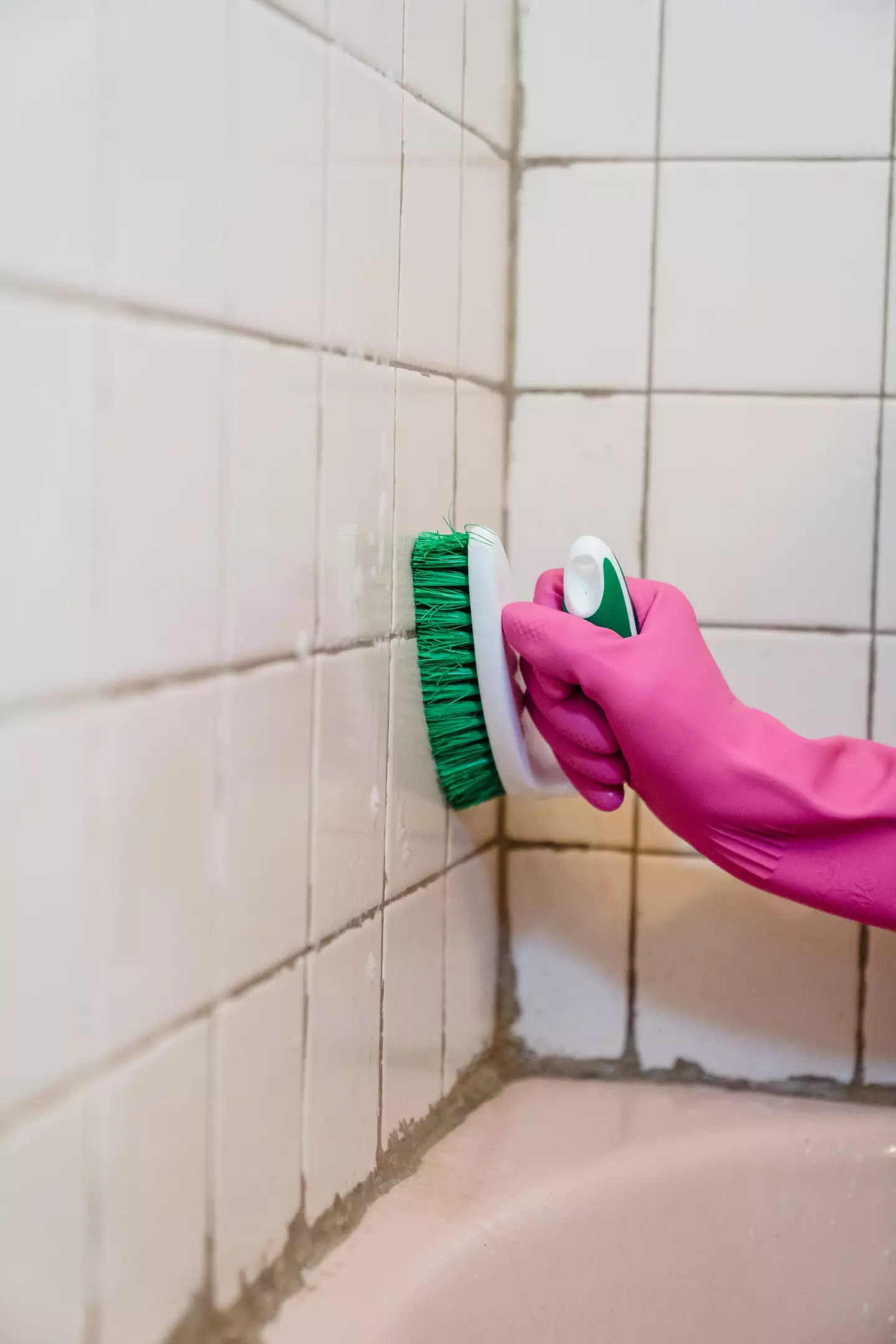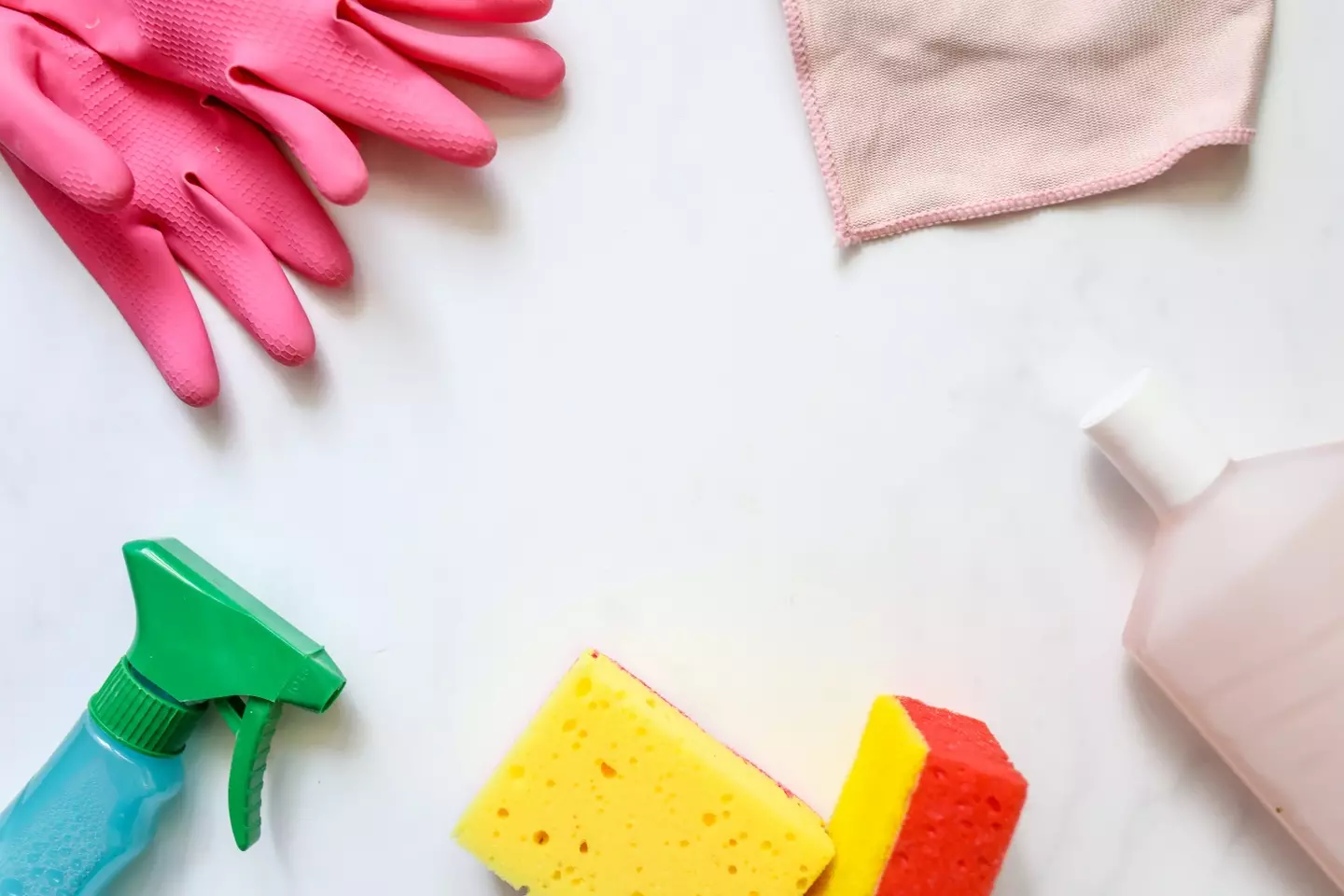
An Australian mum's cleaning hack for sparkling grout and tiles has sparked an important discussion about cleaning product safety.
The woman from Melbourne, said she was left feeling frustrated after trying 'every product' on the walls of her bathroom in her rental property.
She claimed that she 'cracked the code' for cleaning grout on shower walls after trying a simple combination of bicarbonate of soda mixed with Domestos disinfectant bleach.
Advert
Posting online, she said the mixture worked remarkably well and required minimal scrubbing to leave her bathroom walls sparkling in minutes.

Captioning some pretty impressive before and after photos on the Facebook group Mums Who Cook, Clean and Organise, she said: "Mums! I've cracked the code! This took me only a few minutes and not a lot of effort - I couldn't believe my eyes."
She explained that she mixed the two products until a paste was formed, then applied to the grout using an old toothbrush.
Advert
"In most places I didn't even leave it, just a light brushing, it was gone in an instant," she enthused.
The woman was 'so pleased' with how well the formula worked at cleaning the grout she highly recommends it to others.
Her popular has been liked by more than 1,200 others since she shared it on 20 September, leaving others very impressed.
One user commented: "I'm off to go scrub everything in the house!"
Advert
'Well I know what I'm doing while the kids are at school," another said.
"Just bought Domestos! Will give it a go," a third added.

While the clever hack cleaned the grout effectively and the Aussie mum was pleased the results, it's worth noting for health and safety reasons that it's advised to avoid mixing bleach with other chemicals.
Advert
While a mixture with bicarb is considered safe, some group members used the post as an opportunity to flag the very real dangers of combining potent chemicals in cleaning products.
One member warned: "Be careful people when mixing chemicals, don't ever mix vinegar and bleach."
"Good on you for experimenting and finding a solution to something that so many people struggle with - please carefully research your chemicals before mixing!" another added.
According to the HomeServe blog: "Many cleaning products are fine on their own but become toxic and potentially dangerous when combined.
Advert
"The ingredients can have chemical reactions that create new, potentially toxic gases that can cause irritation, breathing difficulties and burns.
"The safest option is to use individual cleaning products without mixing anything together."
Dangerous combos include beach and vinegar (or anything acidic), bleach and ammonia, bleach and rubbing alcohol, bleach and acetone, bleach and oven cleaner, two or more drain cleaners (toxic reactions can create heat and pressure and damage plumbing) and vinegar and hydrogen peroxide.
Mixing these potentially lethal combos and producing toxic chlorine vapours can lead to burns or blisters on your skin, burning in your eyes, throat and nose, vomiting, difficulty breathing and chest tightness and potentially fatal pulmonary oedema with prolonged exposure.

Mould growing on grout and tiles can also give off toxic spores and vapours which can lead to allergic reactions, asthma and flu-like symptoms.
Good Housekeeping suggests leaving the shower door or curtain open after showering to allow the humid air to dissipate.
The experts from consumer company Choice said the first thing you need to do is assess the surface the fungi has attached itself to.
"Non-porous' surfaces such as hard plastics should be relatively easier to clean.
"When mould grows, it develops hyphae, or roots, which grow into the grout or silicone.
"You can clean the surfaces of the grout or silicone, but not deep into it. In those cases you have to replace the silicone or re-grout your bathroom," they explained.
